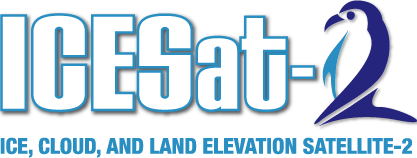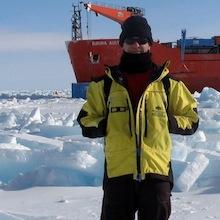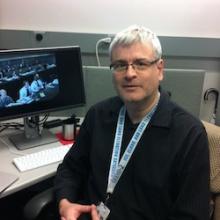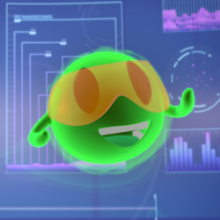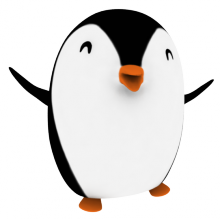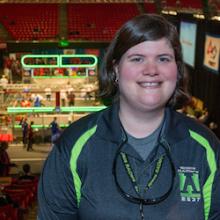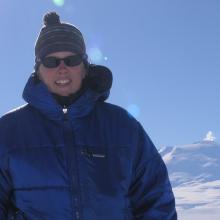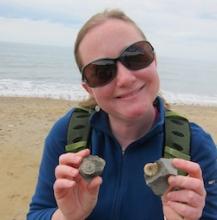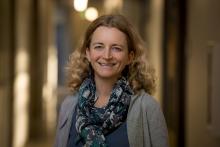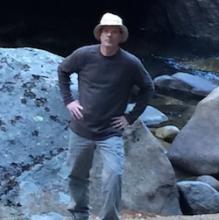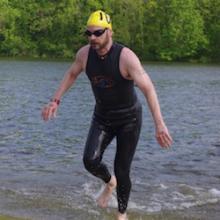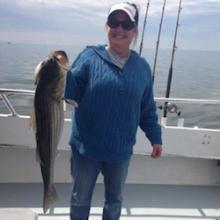How It Works
ICESat-2’s spacecraft provides power, propulsion, orbit, navigation, data storage and handling, and more. It features an incredibly precise knowledge of the satellite’s position in space – critical for taking measurements.



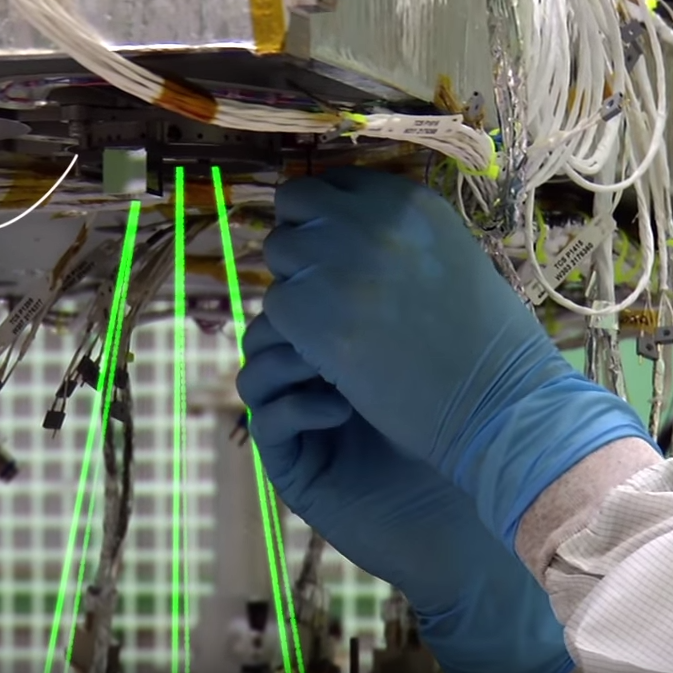
Learn more about how ICESat-2 works on the How It Works page.
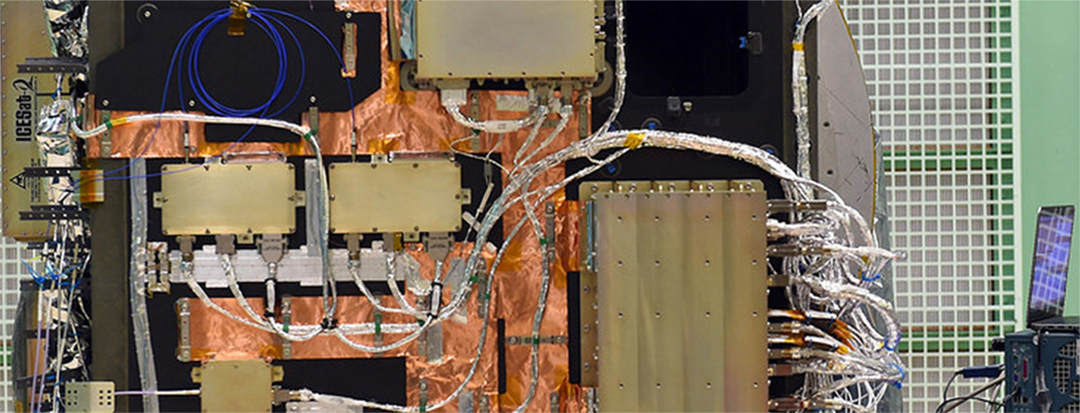
SPACE LASERS
ICESat-2 carries a single instrument – the Advanced Topographic Laser Altimeter System, or ATLAS, which times the travel of laser pulses to measure the elevation of Earth’s surface. New technologies allows ATLAS to collect a more detailed, precise picture of heights of Earth’s surfaces. Learn More.
Team
Scientists, engineers, computer programmers, system administrators, support staff, technicians, contractors and others all work to make the ICESat-2 mission a success. Meet some of them here.
